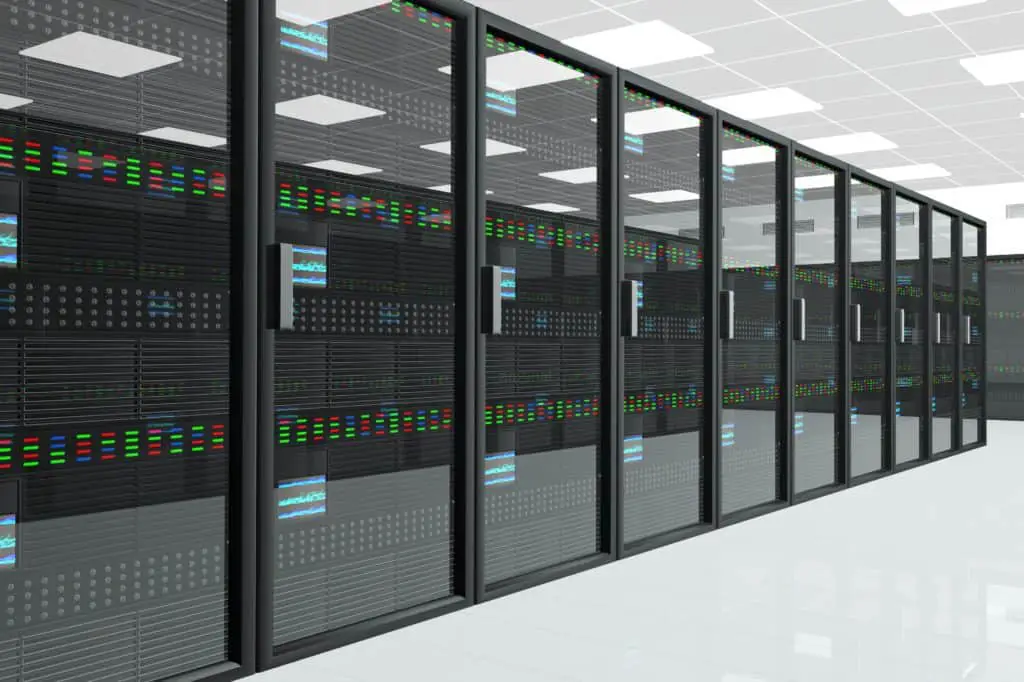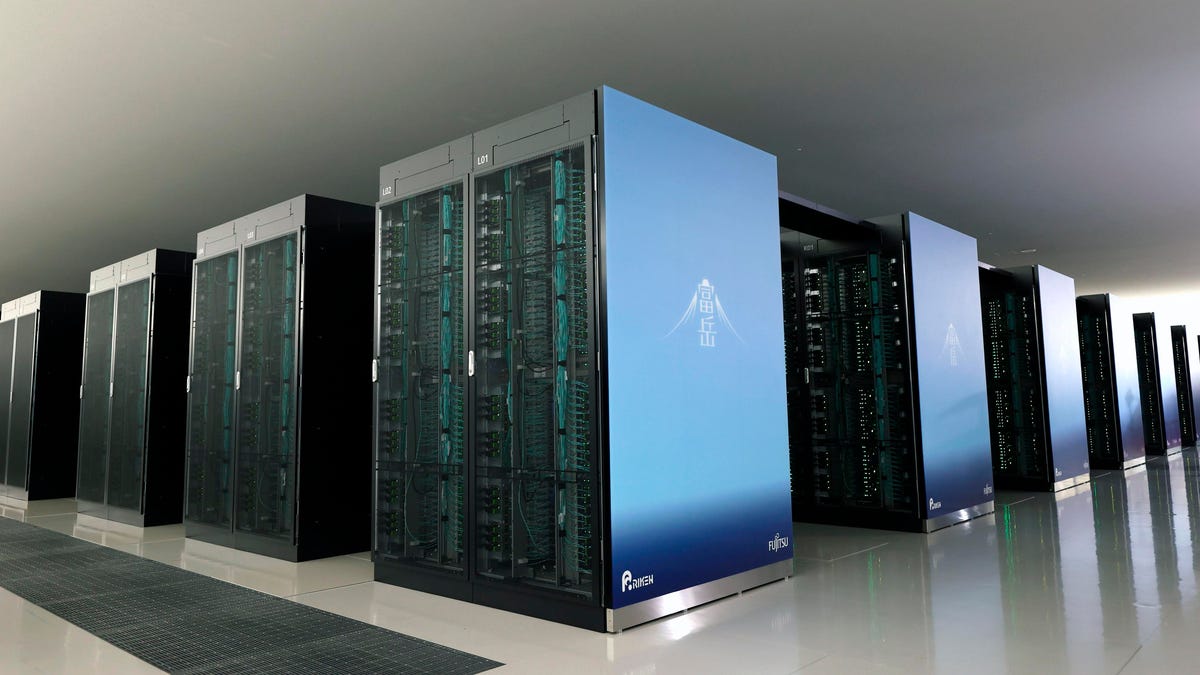💻Complete Classification of Digital Computers
Introduction:
Digital computers are classified by several key factors: processing power, physical size, user capacity, purpose, architecture, and performance characteristics. This helps understand their best use cases.
Classification by Size and Capability
-
Smallest class for individual use
-
Examples: Desktops, laptops, tablets, smartphones, Raspberry Pi
-
Specs: 1-16 CPU cores, 4GB-64GB RAM
-
Typical users: 1-10 users
-
Cost: $200 - $10,000
-
Manufacturers: Dell, HP, Apple, Lenovo
-
Minicomputers (Mostly historical now)
-
Mid-range multi-user systems
-
Used as departmental servers, scientific instruments, industrial control
-
Historical examples: PDP-11, VAX systems
-
Specs: 1-10 MFLOPS
-
Users: 10-100 users
-
Cost: $20k-$250k
-
Manufacturers (historical): DEC, Data General
-
High-performance enterprise systems
-
Used in banking, airline reservations, government census
-
Modern examples: IBM Z16, Unisys ClearPath
-
Specs: 10-100 GFLOPS
-
Users: 100-10,000 users
-
Cost: $100k-$10M
-
Manufacturers: IBM, Unisys, Fujitsu
-
Extreme performance for complex calculations
-
Applications: Weather forecasting, nuclear simulations, molecular modeling
-
Top systems: Frontier, Fugaku, LUMI
-
Specs: 1+ EFLOPS
-
Users: Research institutions
-
Cost: $100M-$500M
-
Manufacturers: Cray (HPE), IBM, NEC
Classification by Purpose
-
Handle a wide range of tasks and software
-
Examples: PCs, Macs, most servers
-
User-installable software
-
Optimized for specific tasks with fixed functionality
-
Examples: Weather forecasting systems, air traffic control, medical imaging, game consoles
-
Higher efficiency for targeted tasks
Classification by Architecture
-
Uses a single memory for instructions and data
-
Most common traditional computer design
-
Separates memory for instructions and data
-
Used in some embedded systems for performance optimization





No comments:
Post a Comment